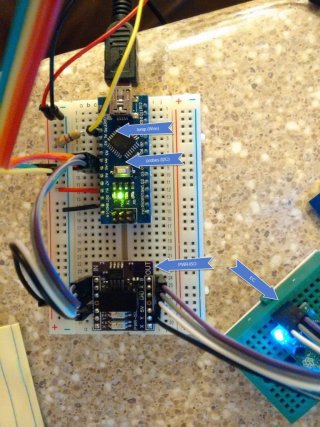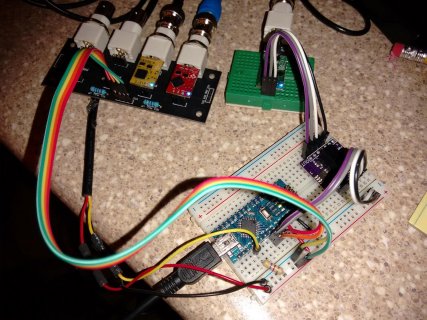thegeographer
Member
I'm working with Atlas Scientific probes and need to isolate the electrical conductivity probe from the other probes in the array (for water quality testing). Atlas Scientific has an power isolator (here: http://www.atlas-scientific.com/product_pages/circuits/pwr-iso.html), but it's 5v only.
Anyone know of off-the-shelf equivalent for 3.3v isolation that would work with a Teensy?
Thanks,
Eric
Anyone know of off-the-shelf equivalent for 3.3v isolation that would work with a Teensy?
Thanks,
Eric



